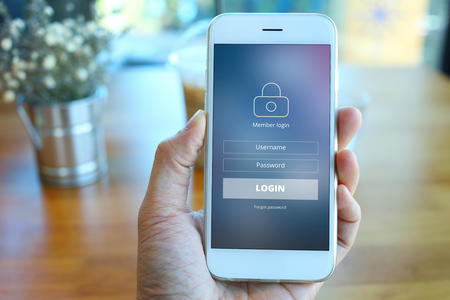According to the National Cybersecurity Alliance (NCA), one in three people often feel overwhelmed by cybersecurity information. And it's no wonder. With cybercrime on the rise, it can be intimidating trying to understand how to keep our online accounts secure.
Held every October, Cybersecurity Awareness Month is a collaboration between government entities and the private sector to empower everyone to protect their personal data from digital crimes. Since more than 93% of us are online at least once a day, educating ourselves on good cyber behaviors and putting them into practice is our best bet to staying safe online both at work and at home.
Use strong passwords. A strong password is key in protecting Coloradans’ data that is stored in state systems and for our own personal protection. Passwords should be at least 14 characters long and include a combination of uppercase letters, lowercase letters, numbers and symbols. And, yes, you should have a unique password for each online account. Expert tip: Create a passphrase—a sentence-like string of words that is longer and stronger than a single word password (e.g., 8HorsesRFinicky).
Update your software. Don't ignore the update alerts on your mobile device or computer! A lot of us like to hit the “Remind me later” button, but keeping software up to date is a fast and easy way to stay safer online. Software updates can also help fix bugs, improve performance and install the latest features.
Turn on multi-factor authentication (MFA). MFA provides extra security for your online accounts and apps by confirming your identity when you log in. Your identity can easily be confirmed through a code sent via text or email or generated by an app, or through biometrics like fingerprints and facial recognition. Turn on multi-factor authentication for every online account or app that offers it. Doing so will protect your email, banking, social media, online purchases and most importantly, your identity.
Recognize and report phishing scams. Phishing scams are online messages designed to look like they’re from a trusted source. They can be sent through email, phone call or voice mail, or even through a text message. The most successful attacks trick users into opening malicious links or files.
NCA reports that this year phishing incidents account for the highest proportion of total cybercrime incidents at 47%. In second place, online dating scams (27%) overtook identity thefts (26%) as compared to last year.
These are the most common signs of a phishing scam:
- Urgent or emotionally appealing language
- Requests for personal data, login credentials or credit card information
- Unexpected attachments
- Untrusted shortened URLs
- Email addresses that do not match the supposed sender
- Spelling and grammar mistakes
- Once-in-a-lifetime offers
If you receive an email that appears suspicious, report it by using the PhishAlarm button in the right sidebar of your state Gmail account. And remember to think before you click. Malicious links in email, tweets, texts, posts and social media messages are a direct way for hackers to get your sensitive information.
Use secure Wi-Fi. Limit what you do on public wireless networks as they are unsecured and never use them when conducting state business on your device. Use a virtual private network (VPN) or a personal/mobile hotspot when you need a more secure connection.
Everyone should own their role in protecting their information and securing their systems and devices. By adopting these cybersecure habits, you’ll be protecting yourself from cyber thieves as well as providing yourself with a safe online life.

